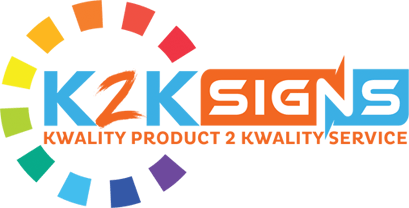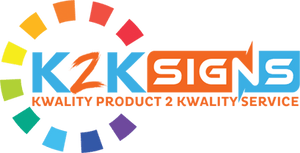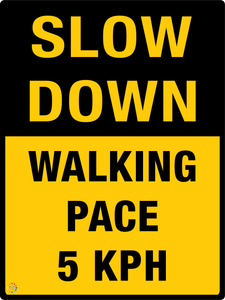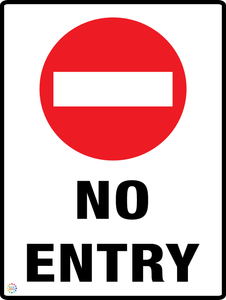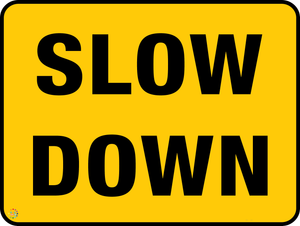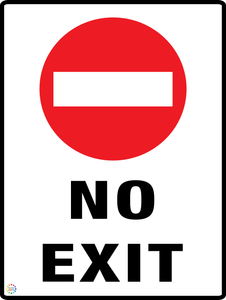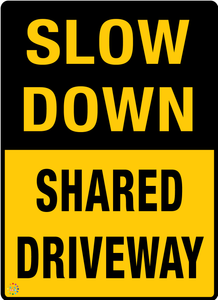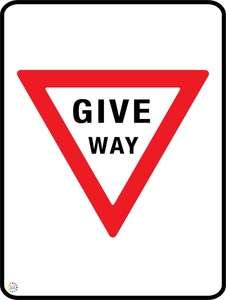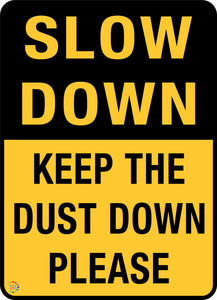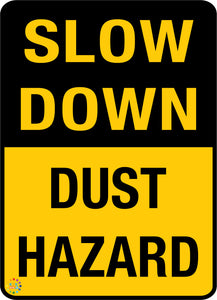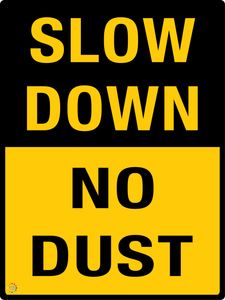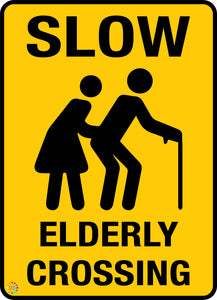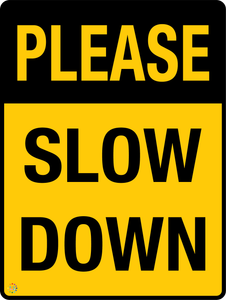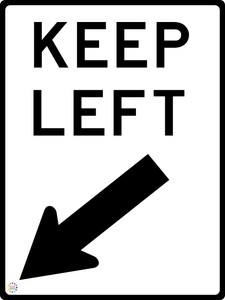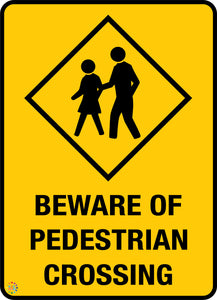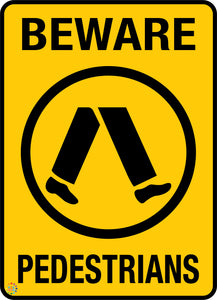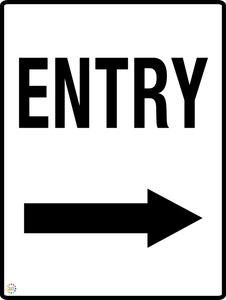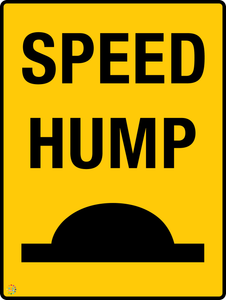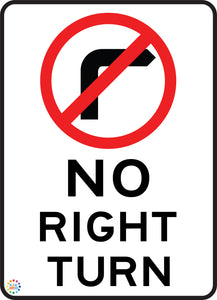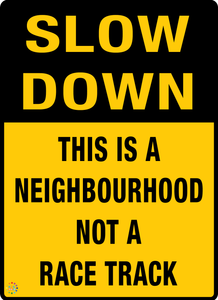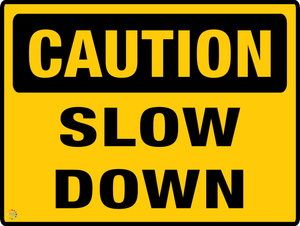Road and traffic signs are symbols, pictures, or words displayed along roads and streets to give important information and instructions to drivers, pedestrians, and cyclists. They help everyone using the roads to stay safe and follow the rules.
These signs are used on roads, streets, and highways to guide drivers, remind them of rules, warn about dangers, and provide helpful information. They are found at intersections, along the sides of roads, and on bridges.
In Australia, road and traffic signs follow specific standards to ensure they are clear and easily understood. The government sets these standards to create consistent signs that everyone can recognise.
Colours and Shapes:
- Red: Used for stop signs and other important instructions that require immediate attention.
- Yellow: Used for warning signs, which alert drivers about potential hazards or changes in the road.
- Green: Often used for guidance and directional signs, showing routes or destinations.
- Blue: Used for information signs, providing helpful information to drivers.
- White: Used for regulatory signs that tell drivers about rules and regulations.
- Octagon (8-sided): Used for stop signs, easily recognisable due to its unique shape.
- Triangle: Used for warning signs, indicating caution or potential hazards.
- Circle: Used for railroad crossing signs and to give instructions to drivers.
- Rectangle: Used for regulatory and guide signs, conveying rules or information.
These signs use simple shapes, clear colors, and easy-to-understand symbols to make sure drivers can quickly grasp their meaning and respond appropriately on the road.
